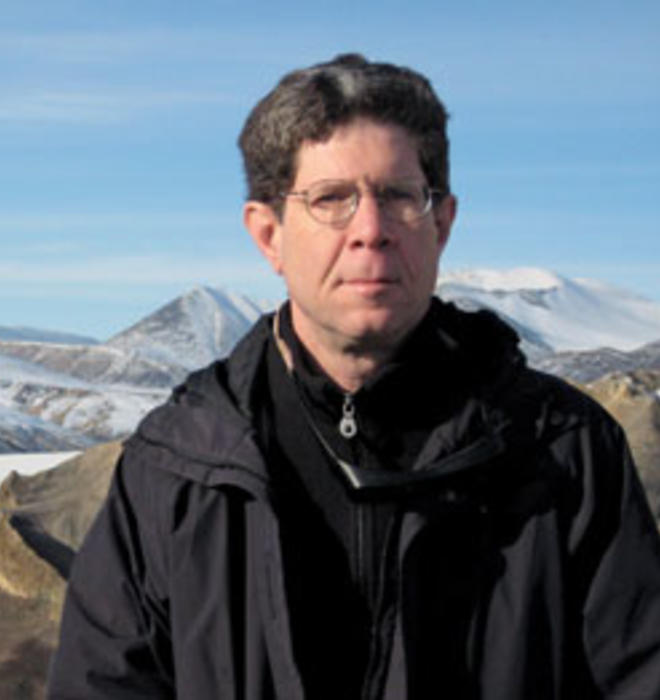
On a brilliantly sunny morning in August, an ungainly vessel called the Kapitan Khlebnikov — part icebreaker, part cruise ship — stopped a mile or two off Lady Franklin Island in Baffin Bay, in sub-Arctic Canada, and about 50 passengers, dressed in warm, waterproof outerwear, boots, and life jackets, prepared to file down a precarious metal gangway to a platform just above the waterline. One by one we descended, clambered into motorized, inflatable Zodiac boats, and started zipping across the quiet sea, dodging icebergs, toward Lady Franklin and a handful of smaller, unnamed islands nearby.
We’d been warned on the ship that we were unlikely to see polar bears. The bay is mostly iced-over during winter, and the bears wander south to hunt for seals as they come up for air at breathing holes. In the spring, they head north again as the ice recedes. A few always wait too long, though; they find themselves stranded on islands, and have to wait for the ice to return the following autumn. Still, we were told, we shouldn’t keep our hopes up. We’d certainly see some seabirds, and we should be satisfied with that.
But when the Zodiacs came around the point of one of those nameless islands, there they were: a mother bear and her 2-year-old cub, resting on a ledge about 80 feet above the sea. The drivers cut their engines so as not to spook the bears. But while the animals perked up and looked at us, trying to assess whether we were dangerous (or perhaps edible), they stayed put as we snapped hundreds of photographs.
It was a fitting start to a trip titled “The High Arctic: Realm of the Polar Bear,” part of the Princeton Journeys travel program run by the Alumni Association. Lured by a gorgeous brochure, 18 undergraduate and graduate alumni, spouses, and friends paid nearly $16,000 per person to spend two weeks aboard the Kapitan Khlebnikov, stopping at villages, weather stations, and wilderness sites in places whose very names — Greenland, Baffin Island, Resolute — evoke harshness and isolation.
This was no relaxing cruise to the Bahamas — a fact made obvious at the start, when we learned that the ship’s keel was too deep for docking anywhere during the voyage. We made our way out onto a rocky causeway and clambered into Zodiacs, eight at a time, and motored through more than two miles of frigid, choppy waters to the ship, where Russian sailors were waiting to grab us and pull us aboard. Nor were these ordinary travelers. The average age was in the low 70s, at least, and several travelers were well into their 80s. Yet they climbed into Zodiacs and helicopters, and went splashing through frigid water, charging up rocky slopes, and hiking across mushy, uneven tundra.
This journey had a special undertone of sadness. For decades, computer models that predict the course of global warming have suggested that the planet’s poles are likely to heat up fastest. And that’s just what’s been happening. In recent years, the headlines increasingly have been filled with news about giant ice shelves collapsing at both poles. Last year, there was more open water in the Arctic Ocean than ever before, continuing a trend that could lead to an ice-free Arctic in the summer within a decade. Glaciers are melting back, and the flora and fauna in the region — not only bears and other animals, but indigenous Inuit people — are beginning to suffer. As we traveled, the evidence of climate change appeared before our eyes, most dramatically in the scores of glaciers we saw flowing down toward the sea. In many cases, these rivers of ice ended before reaching the water, but it was clear they once had stretched all the way to the shoreline: We could see mounds of gravel and silt they had dropped in retreating. Twenty years ago, that debris would have been concealed under dozens of feet of ice.
Our ship took us from the Inuit settlement of Iqaluit on remote Baffin Island, to Lady Franklin Island, and past Cape Dyer, where we crossed the Arctic Circle. We walked through the outpost of Uummannaq, Greenland, where homes are anchored in place by strong steel cables. We passed through the heavy drift ice of Melville Bay — a region so isolated that when the British explorer John Ross encountered the Inuit at Cape York in 1819, they were surprised to find that they were not the only people in the world. We visited Qaanaaq, also known as Thule, home to 300 Greenlanders, and traveled as far north as Ellesmere Island, Canada’s northernmost land.
Like all Princeton Journeys, this one had a strong educational component, with lectures to help put the passengers’ experiences into context. The Princetonians were joined by a group of about 20 passengers from the Harvard Museum of Natural History, led by James McCarthy, professor of biological oceanography at Harvard, an internationally known authority on the science of climate change, and 50 to 60 unaffiliated travelers. The tour operator, Zeghram Expeditions, brought six experts to cover such topics as birds, bears, geology, Inuit language and history, and the colorful and tragic history of European Arctic exploration.
Those doubts surfaced on this trip. While most of the travelers were reasonably well informed on climate change, McCarthy — who was co-chairman of one of the major working groups for the 2001 report of the Intergovernmental Panel on Climate Change (IPCC), the organization that shared the Nobel Peace Prize with Al Gore in 2007 — gave a set of lectures that easily could have served as an undergraduate minicourse on the topic. In front of standing-room-only crowds in the ship’s small auditorium, McCarthy went through the evidence that has convinced virtually all scientists that humans are indeed warming up the planet, from the analysis of gases trapped in ancient ice, to melting permafrost in the Arctic, to changes in weather patterns that are causing droughts and wildfires in some places, torrential rains in others. During free periods, he huddled with passengers in the ship’s library, leafing through one seminal scientific paper or another and pointing out the important features in graphs of data.
Still, there were skeptics, and McCarthy encouraged them to voice their objections. “Back in the ’70s,” one passenger observed during a talk, “all you scientists were talking about global cooling. Now it’s global warming. Why should we listen?” Because, McCarthy explained, while a handful of scientists did talk about the possibility that we’re due for another ice age in a thousand years, there never was a consensus. And the timescale for global warming is decades, so even if the globe eventually cools, the damage will have been done.
Doubts raised by some passengers about the cause of climate change and the economic costs of dealing with it baffled Bert Kerstetter ’66, founder of the fabric retailer Calico Corners. Kerstetter has spent the last few years focusing his energies on environmental issues, contributing funds for Princeton to hire its first sustainability manager, and paying for a campus conference on food, ethics, and the environment; he wishes the trip had focused even more strongly on the climate problem. “It does seem clear that the glaciers are receding at a rapid rate,” says another traveler, Henry Wendt ’55, the former CEO of the pharmaceutical giant SmithKline Beecham. “We talked with an Inuit native at Qaanaaq ... who told us that he can only hunt with dogs and sled for two months rather than four, because the sea is no longer sufficiently frozen. That information came from a man who intimately knows what he’s talking about.”
For most of the passengers, the main course of the trip was not learning about climate change, but the Arctic itself, a constantly changing seascape of icebergs and ice floes, illuminated by a sun that never set for most of the voyage, and with a chance at any time for a glimpse of an elusive bear or walrus.
One afternoon, the cocktail hour was disrupted with the announcement of a bear off the port bow. Within a minute, half the passengers had rushed up to the bridge of the boat; the other half were hanging over the bow to get a look at a mother and two cubs, peering worriedly at us from a floe as the ship approached, then diving into the water to swim for a safer patch of ice. There were similar sightings of seals and one lonely walrus. The birders didn’t have as much luck finding their quarry from the ship, but one morning, the Zodiacs cruised up to cliffs towering above the sea that were covered with nesting kittiwakes, and two days later, a rare gyrfalcon — during medieval times, considered so precious that they could be owned only by kings — was spotted soaring and swooping above the town cemetery in the Greenland village of Upernavik.
We had caught glimpses of musk oxen several times along the way, but mostly in ones and twos and mostly at a distance. One day, toward the end of the trip, watchers on the bridge spotted a good-sized small herd of the long-haired, sharp-horned animals, relatively close to shore. So about 60 passengers jumped into Zodiacs, landed on a rocky beach, and began walking slowly up a sloping stretch of tundra toward the animals. At first, the animals seemed nonplussed to see a herd of strange two-legged mammals heading their way, but after a couple of minutes one of the males decided he didn’t like that idea. †
“He began pawing the ground and shaking his head,” says Randy Barba ’75, one of the stalkers. “The expedition leader helpfully called out, ‘He’s exhibiting aggressive behavior.’ Then the musk ox began trotting toward us, and the leader yelled, ‘Everybody back to the Zodiacs!’ We all ran.” But it was only a warning charge, not a real one — the animal stopped when he saw his visitors retreat.
Like all of the living things that inhabit the High Arctic, though, the musk ox has more to worry about than missing a meal. Along with every other organism that lives north of the Arctic Circle, the ox will have to adapt to an environment that is rapidly changing — adapt, that is, or vanish.
And new evidence of that change continues to accumulate. Just two weeks after we returned from the High Arctic, satellite images revealed that for the first time in recorded history, both the Northwest Passage in Canadian Arctic waters and the Northeast Passage above Russia were open simultaneously. The Arctic ice pack was, briefly, an island, unattached to any landmass.
And the bears? The Princeton travelers learned that with Arctic sea ice breaking up three weeks earlier than normal, polar bears now have a shorter hunting season. Estimates of the bear population have dropped by almost 20 percent since 1987. Last year, a study by the U.S. Geological Survey concluded that by the year 2050, some two-thirds of the world’s population of polar bears, currently estimated at 20,000 or so, could be gone.
A few weeks after returning home, Lee Varian ’63 *66 reflected on this. In recent years, Varian and his wife, Melinda — both retired from Princeton’s Office of Information Technology — have closely followed the science on climate change. They’re both interested in animal life, and they signed up for the Arctic trip in the hope that they’d see some of the animals “that might be affected in the future.” They never saw the narwhals they were searching for, but seeing nine polar bears and — especially for Melinda, an avid birder — the gyrfalcon came close to making up for that. The journey “really brought home how much we’re going to lose if this continues,” says Varian. “One of the reasons we went on this trip was the concern that there might not be polar bears in 10 years to look at.”
Michael D. Lemonick, a lecturer in astrophysics and in the Prince-ton Environmental Institute, was a senior science writer at Time magazine for more than 20 years. He is now on the staff of Climate Central, a climate-change think tank based in Princeton.



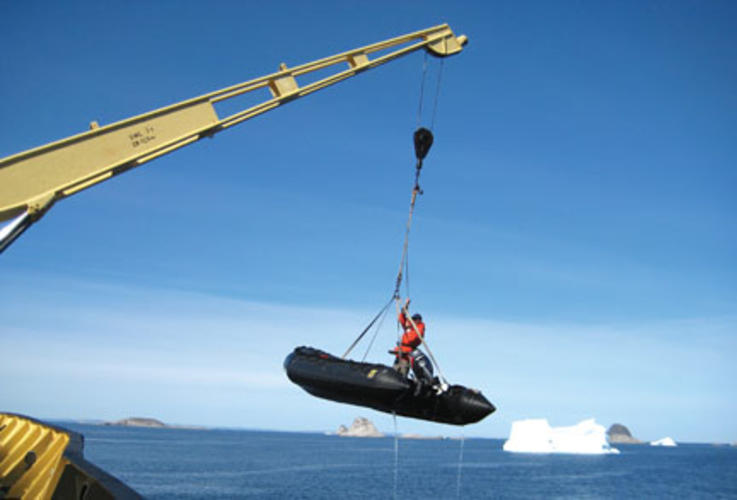
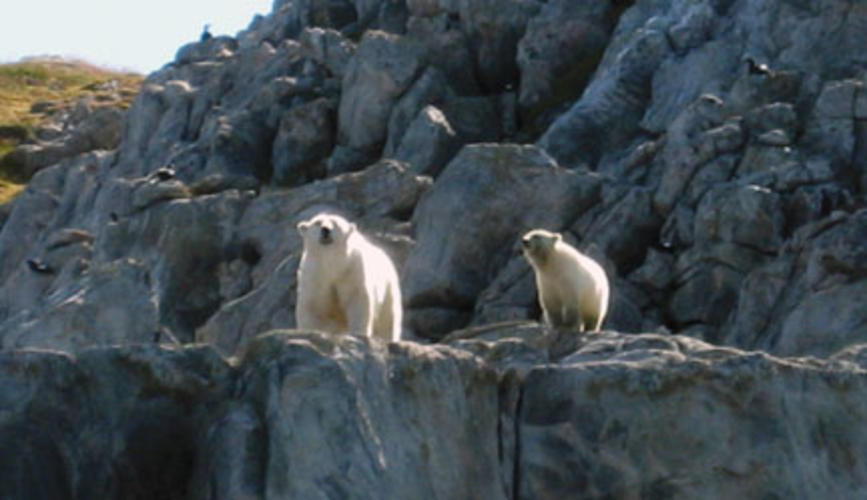
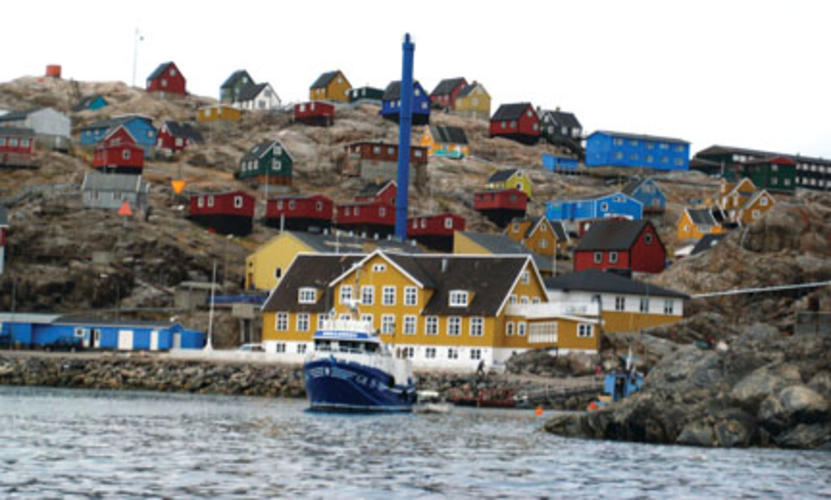
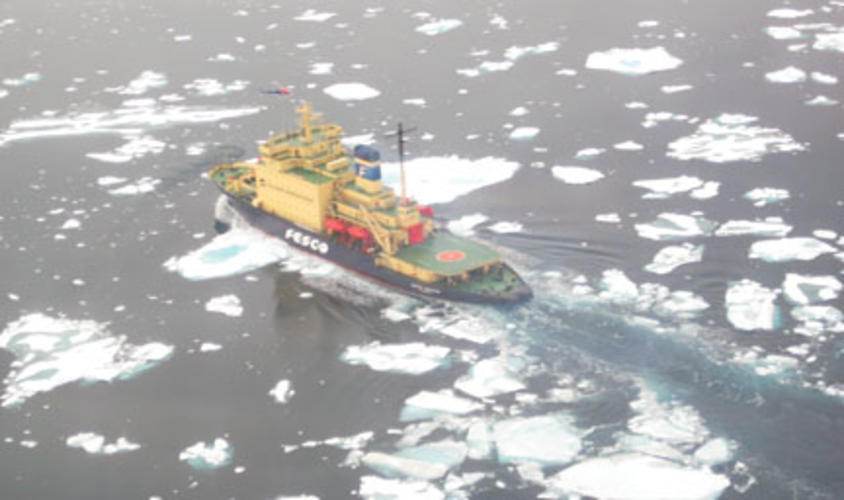
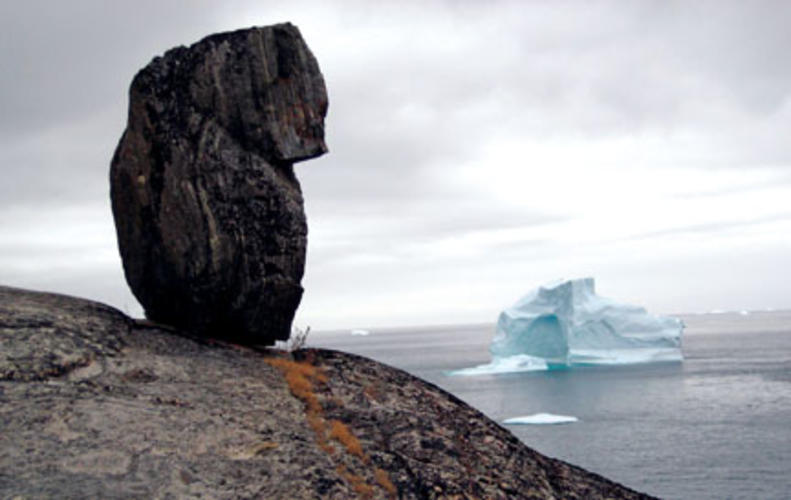
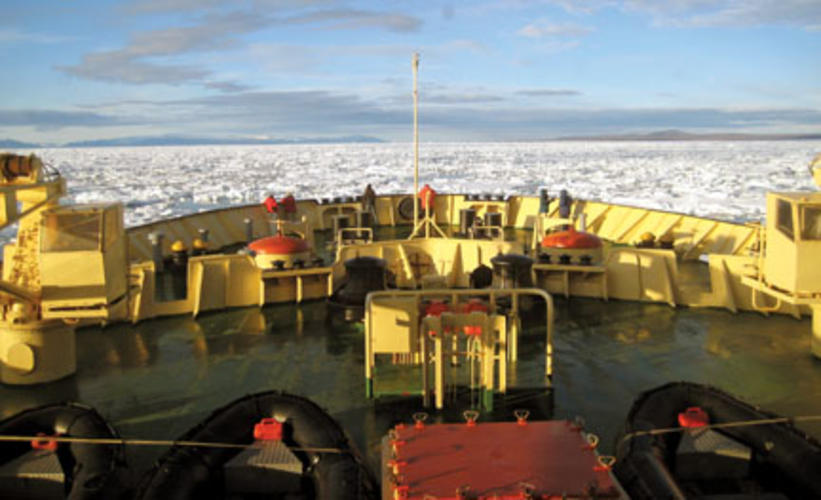




No responses yet